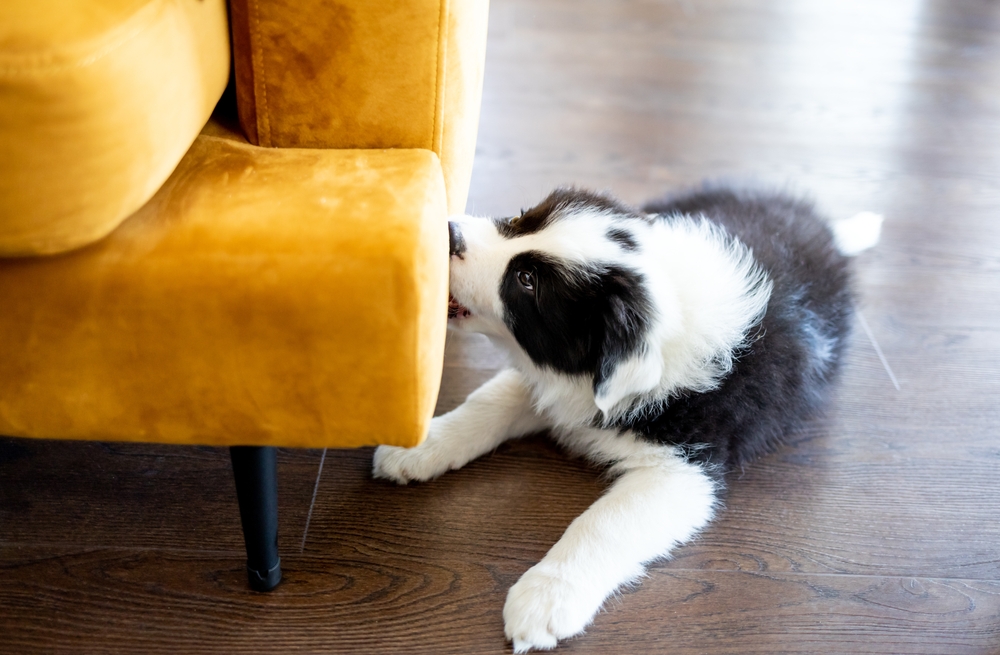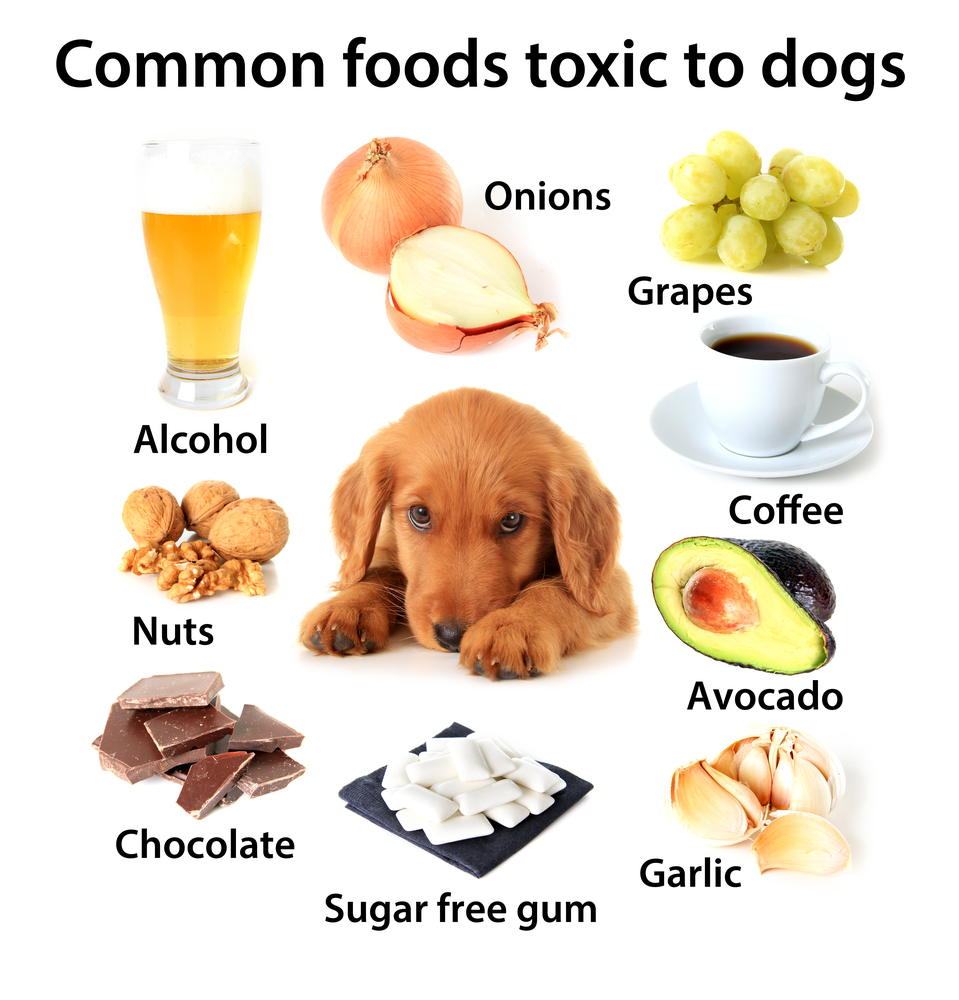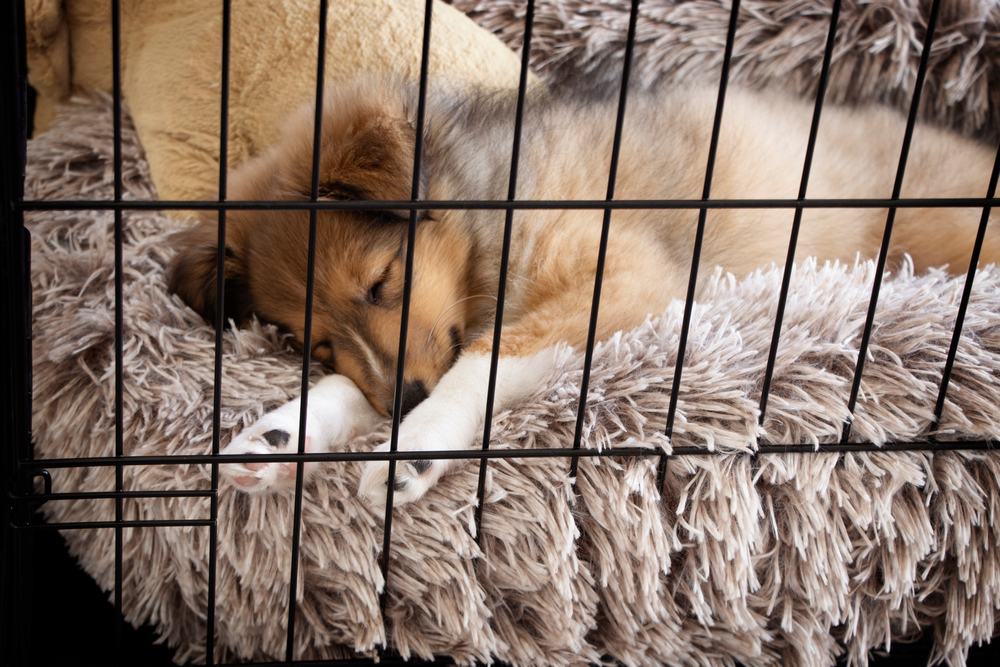Congratulations! You’re about to bring your first puppy home! You’re probably bursting with excitement, and you might even be overwhelmed. That’s natural. You want everything to go well when you bring your brand-new furry friend home, and so do we!
The more you prepare for your puppy’s arrival, the less stress you’ll experience during those first few days, weeks, and months, especially on the very first night alone with your pup.
Many aspects go into ensuring that your puppy experiences a smooth transition from the pet store or shelter to your home. There’s puppy-proofing, preparing and strategizing your potty-training routine, and emotionally fortifying your heart when your puppy must adjust to sleeping by himself. The sounds of a puppy whining can really pull on the heartstrings, but you must be strong for the both of you!
With so much to think about and juggle on top of managing your excitement and anticipation, you wouldn’t want to overlook important steps or forget about buying crucial supplies.
You can count on Petland Cleveland to make sure nothing falls through the cracks. We’ve put together this checklist for you to use as a guide. By thoroughly preparing and knowing who to call if there are any unwelcome surprises, you’ll be on the right track to experiencing joy instead of headaches with your new puppy. And years of happiness will follow!

PUPPY-PROOFING YOUR HOME
Puppies feel an irresistible urge to investigate the very things that tend to be the most dangerous to them. Complicating matters is the fact that puppies “investigate” with their mouths by licking, chewing, and even trying to swallow whatever item they happen to be curious about. This tendency, in large part, goes away with age, and your puppy will outgrow trying to literally “digest” whatever he’s hoping to “figure out,” including your stinky gym socks! But for the first 8 months, you’re going to have to really watch him.
Even more to the point, you’re going to have to make sure that there are no choking hazards in plain sight at home. This cannot be overstated enough. You may even have to reconsider the bins and containers in your home, and if they have tops that are easy for a puppy to pry open, we recommend you invest in bins that close securely with a snap lock or twist-on cap.
Choking Hazards
The most common around-the-house choking hazards include coins, marbles, paper clips, rubber bands, string, yarn, ribbon, pantyhose, jewelry, hair elastics, scrunchies, hair accessories, screws, nails, nuts, bolts, toolkit items, and the list goes on. Even a balled-up, used paper towel that isn’t properly disposed of can wind up in your puppy’s throat when you aren’t looking.
That brings us to the next important step in the puppy-proofing process—using trash receptacles that close and stay closed. The complex aromas of a typical garbage can, while repulsive to humans, are downright irresistible to puppies. Your puppy will naturally associate most of those smells with food, which means that if he gets into the trash, he’s going to try to eat what’s there.
Best case scenario, this will make a huge mess. But the worst case scenario could be fatal for your puppy. Many human foods are poisonous to dogs. You might be aware that chocolate is poisonous to dogs. But did you know that the list of poisonous food items includes grapes, avocados, onions, garlic, sugar-free gum with Xylitol, and most nuts? If you spit your gum out into the trash and your puppy gets in there, it could mean a trip to the doggy E.R. and no one wants that!

So, again, make sure the trash bins that you keep in the kitchen, bathrooms, tool shed, and any other area are mechanically able to close and stay closed. If not, then investing in new receptacles that stay closed is in high order.
Poisonous Foods
To elaborate on the serious topic of foods that are poisonous to dogs, we would like to take a moment now to mention that once your new puppy is home, you’re also going to want to be mindful when you eat your meals and snacks.
Never feed your puppy scraps, because this will only cause him to form bad habits that will be hard to break later. But even more importantly, if your plate of food is out and you get a phone call or have to answer the door or go to the bathroom, do not leave your plate unattended. If you do, your puppy will definitely jump up and taste if not eat the meal. And if that meal has ingredients that are poisonous to dogs such as grapes or avocados, then again, it’s going to spell trouble!
As you can see, it’s extremely important to thoroughly puppy-proof your home so that your puppy doesn’t end up getting poisoned.
Beyond that, be sure to keep your doors and windows closed at all times, and make sure that the perimeter of your yard is fenced in so that your puppy can’t escape when he’s outside.
We also recommend that you reassess your house plant situation. Double-check to make sure your plants aren’t poisonous to dogs, and if they are, find new places for them to sit that are out of reach. Also, if you have standing potted plants in the house, be warned that your puppy might try to play in the dirt—or poop there!—so you might want to move those plants to another location until your pup has matured.
IMPORTANT ITEMS TO HAVE AT HOME FOR YOUR FIRST PUPPY
We’ve put together a literal checklist for you to reference at each step, from your pre-puppy shopping list to the list of vital contacts you’ll need on hand!
Before You Bring Your First Puppy Home, You Need These Items:
- Adjustable collar
- Comfortable leash
- Dog tags with your puppy’s name and current contact information
- An understanding of how to register and activate your dog’s microchip, and if your puppy won’t come microchipped, then you’ll need to buy this item
- Food and water bowls
- Healthy puppy food
- Wee wee pads
- Poop bags and holder
Additional Items to Have on Hand:
- Puzzle toys
- Puppy-proof chew toys
- Pooper scooper
- Harness
- Crate
- Dog bed
- Brush
- Grooming wipes
- Treats
- Dog toothpaste and toothbrush
- Puppy shampoo
- Enzyme spray for housebreaking accidents
- Carpet cleaner, also for housebreaking accidents
Important Contacts to Have On Hand:
- Veterinarian
- Dog trainer
- Dog walker
- Pet sitter
- Pet insurance information
- Dog groomer
- Emergency contact friends and family members

ONE FINAL TIP
That about wraps it up for how Petland Cleveland recommends that you prepare your home for your new furry friend. Once your puppy is safe and secure at your home, that’s when the real fun begins.
Our final tip has to do with getting your new puppy to fall asleep all by himself. After being weaned with his brothers and sisters and after getting used to snuggling up to the other pet store puppies, your puppy might be scared or sad to have to learn to sleep alone. That’s understandable, but it’s important not to cave and let your puppy sleep in your bed.
For one, you could accidentally hurt your puppy if you let him sleep in your bed when he’s so little. And two, the habits that he forms as a puppy will be virtually impossible to get him to break later on. If you aren’t prepared to let your dog sleep in your bed with you carte blanche, then don’t let him do it when he’s a pup!
Instead, here is our tip for success with your first puppy:
Many new puppy owners wonder where their puppy should sleep during those first few nights. We recommend that you prepare a cozy crate next to the dog bed where you would ultimately like your puppy to sleep. Cover the crate with a blanket and line the floor of the crate with blankets so that the area becomes a secure den. You can even place puppy-friendly stuffed animals inside the crate and one of your worn tee-shirts. This is where your puppy should sleep for about three full weeks once you bring him home. Then when he’s comfortable, you can move him to sleep in his dog bed.
Are you ready for your very own Petland puppy? Check out our adorable breeds or stop in our Strongsville and Parma locations.


